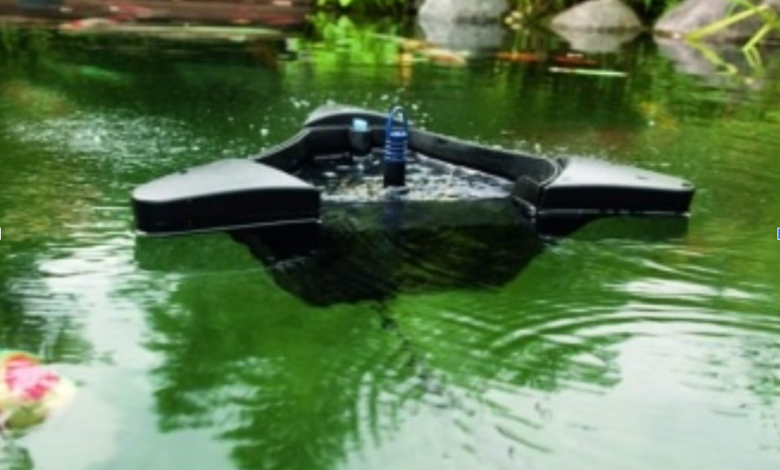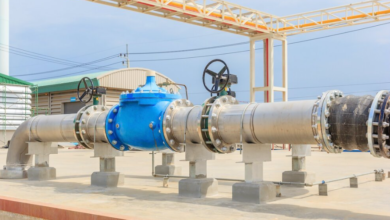Cleaner Ponds: How to Maintain a Clear, Healthy, and Beautiful Pond Year-Round

A cleaner pond is not only a beautiful addition to your garden but also a thriving ecosystem for fish, plants, and beneficial microorganisms. Whether you own a koi pond, wildlife pond, or ornamental water feature, maintaining cleanliness is essential for water clarity, oxygen balance, and aquatic health. With the right tools, strategies, and regular care, you can enjoy crystal-clear pond water and a vibrant aquatic environment all year long.
Why Keeping Your Pond Clean Matters
Dirty ponds can quickly become unsightly and hazardous. Debris buildup, algae blooms, and stagnant water can lead to foul odors, reduced oxygen levels, and increased stress for fish and aquatic plants. A clean pond supports biological balance, improves water quality, and enhances the overall aesthetics of your outdoor space.
Common Causes of Dirty Ponds
To maintain cleaner ponds, it’s important to understand the causes of murky or unhealthy water:
- Excess organic matter: Leaves, uneaten fish food, and dead plants rot and release harmful substances.
- Algae overgrowth: Caused by nutrient-rich water and sunlight, algae can take over your pond.
- Poor filtration: Inadequate mechanical or biological filtration leads to suspended particles and toxins.
- Low oxygen levels: Stagnant water and warm temperatures can deplete oxygen, harming fish and plants.
See also: IT Support Services to Keep Your Technology Running Smoothly
Top Strategies for Cleaner Ponds
1. Invest in a Quality Filtration System
A pond filter is the heart of a clean pond. Mechanical filters remove solid waste, while biological filters break down harmful toxins like ammonia and nitrites. Choose a system based on your pond size and bio-load. Options like drum filters, pressure filters, or gravitational filters are ideal for larger or heavily stocked ponds.
Tip: Evolution Aqua, Oase, and Burtons Aquatics offer excellent filter options for cleaner, clearer ponds.
2. Use a Pond Vacuum
A pond vacuum is an effective tool for removing sludge, dead leaves, and waste from the bottom. Regular vacuuming helps prevent nutrient buildup that leads to algae blooms and water cloudiness.
Vacuum once every 2–4 weeks, depending on the size of your pond and debris levels.
3. Introduce Beneficial Bacteria
Adding beneficial pond bacteria can naturally break down organic waste and balance the nitrogen cycle. These bacteria compete with algae for nutrients and help keep your water clean without using harmful chemicals.
Look for biological additives like sludge removers or clarifying treatments designed for natural pond maintenance.
4. Control Algae Growth
To keep your pond algae-free:
- Install UV clarifiers to kill free-floating algae.
- Use floating plants (like water lilies) to provide shade and reduce sunlight exposure.
- Avoid overfeeding fish, as leftover food increases nutrient levels.
- Consider using barley straw extract or natural algaecides for safe algae prevention.
5. Regularly Remove Debris
Manually skimming your pond’s surface and trimming dead plant material can prevent decaying matter from settling at the bottom. Use a net or pond skimmer to collect leaves, twigs, and other floating debris daily or after storms.
6. Ensure Proper Aeration
Clean ponds need good water circulation and oxygenation. Install an air pump, fountain, or waterfall feature to increase surface agitation and keep the water fresh and moving. This also helps beneficial bacteria thrive and reduces stagnation.
7. Keep Fish Stocking Levels Balanced
Overstocking your pond leads to excessive waste, which can overwhelm your filtration system. Follow the general rule of 1 inch of fish per 10 gallons of water, and monitor ammonia levels regularly.
Seasonal Pond Cleaning Tips
- Spring: Remove debris, clean filters, and restart equipment. Add bacteria to kick-start the ecosystem.
- Summer: Monitor algae and oxygen levels. Vacuum the pond and remove excess plants.
- Autumn: Skim falling leaves regularly. Install a pond net to reduce leaf accumulation.
- Winter: If the pond freezes, maintain a hole in the ice using a de-icer or air pump for gas exchange.
Conclusion
Achieving and maintaining cleaner ponds doesn’t require endless effort—it requires smart strategies and the right equipment. By combining mechanical filtration, beneficial bacteria, regular maintenance, and proper pond balance, you can enjoy a clean, healthy, and beautiful pond throughout the year. Whether you’re caring for koi or simply want a stunning garden feature, a clean pond is the key to long-term success and enjoyment.





